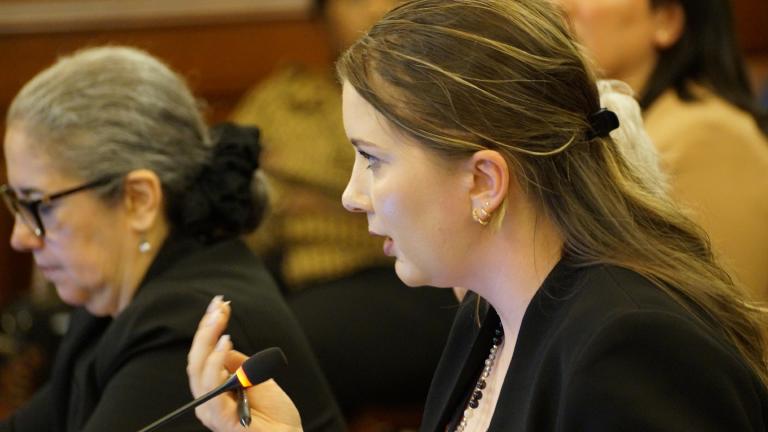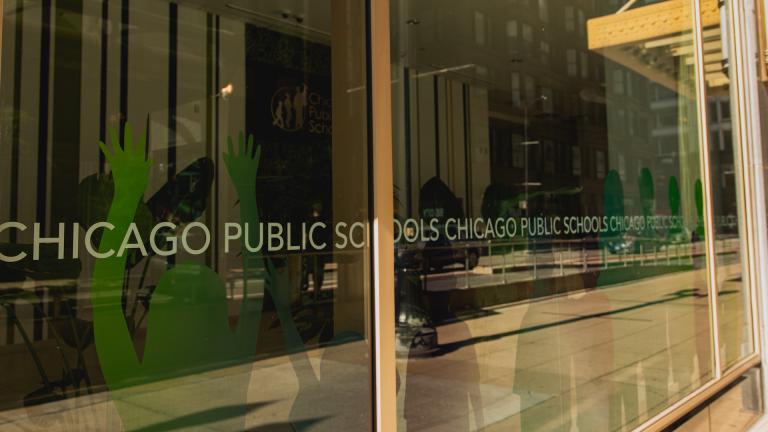Chicago Public Schools has been slow to fully scale up COVID-19 testing. New Chicago Public Schools CEO Pedro Martinez says by the end of last week, testing had made it to all but a dozen CPS schools, but also as of late last week, less than 4% of students had consented to participate.
Martinez admits, the consent form is confusing, especially for non-English speaking families, something he said he’s working to improve. Still, he says, more people are signing up. But that presents a new challenge: A gap between those willing and wanting to be tested, and the number of tests that can be performed.
“What is the realistic timeline of that ramp up? The main variable, I can share with you, is the challenge of our partner to be able to get to staff up,” Martinez said Tuesday. “We have a tight labor market.”
Chicago Department of Public Health Commissioner Dr. Allison Arwady said the goal is not to test every student and staff member daily.
“The screening testing is for people without symptoms. So this is regular testing and the main reason we do it is to see are we missing unrecognized spread,” she said. “It’s about making sure at a district-wide level we’re not missing cases of COVID.”
Illinois is using federal pandemic relief money to pay for COVID-19 testing in any district that wants it.
Some 451 (not CPS) have signed on with SHIELD Illinois, a saliva-based test and program created by the University of Illinois.
According to a spokesperson, SHIELD is currently in use in 173 school agencies; it’ll be in another 88 come next week and is set to be deployed in another 42 the following week.
Many schools waited until just before school started to sign up, the spokesperson said.
Not suburban Hillside School District 93, one of the first to have SHIELD testing.
“Everything’s confidential and we realistically can do 280 to 300 tests in about an hour,” superintendent Kevin Suchinski said.
In Hillside, students participating in athletics or extracurricular are required to partake in the saliva-COVID testing, and a majority of students have opted in to testing.
David Robbins has two children in Barrington High School, and has opted out of their getting COVID tested in school.
“I don’t want my kids being tested for something that I feel there’s a high likelihood of false positives,” he said. “And then as soon as you get a false positive or a positive, you know, you’re scrambling. You’re trying to figure out if they’re going to allow another test, what’s going to happen. I didn’t want any of that to happen.”
In September, Robbins’ son had to briefly quarantine when another student tested positive and identified his son as a close contact, even though he says his son did not meet the CDC definition of close contact, and his son consistently tested negative. It caused him to miss important class time, especially with college on the horizon.
“He’s a junior in high school, he’s falling behind, especially in classes like math, they move very quick,” Robbins said. “So I was really mad at that point, saying I need my kid back in school.” Robbins says Illinois is being too cautious with its approach.
In Hillside, Suchinski said Hillside students tell him they like the COVID testing because it helps prevent them from having to return to virtual class.
“When a student says they want to be in person it delights us. What this has done for us is, it allows us to fight the spread of COVID,” he said. “The benefit of testing is not quantifiable, it is priceless.”
Follow Amanda Vinicky on Twitter: @AmandaVinicky







